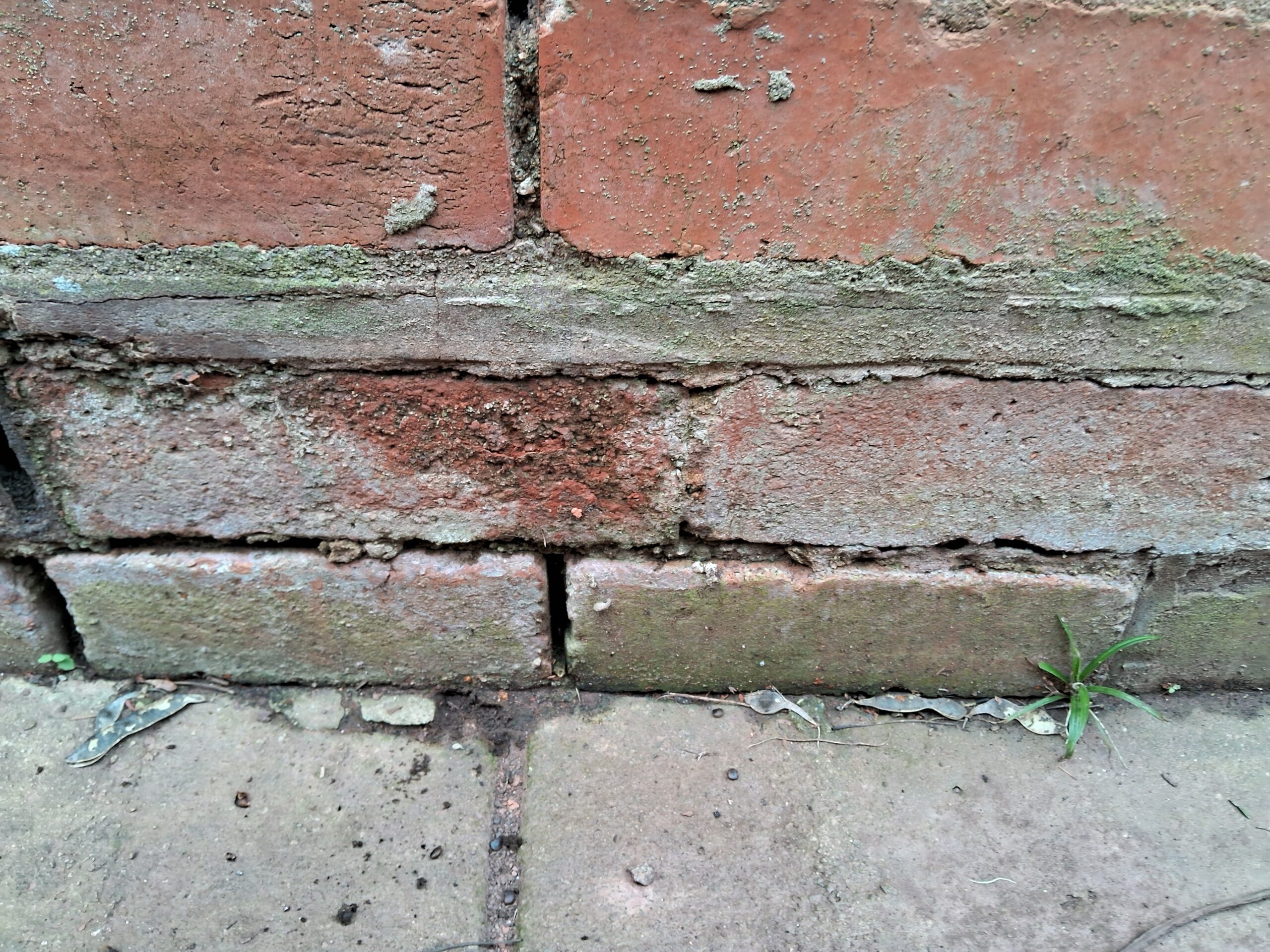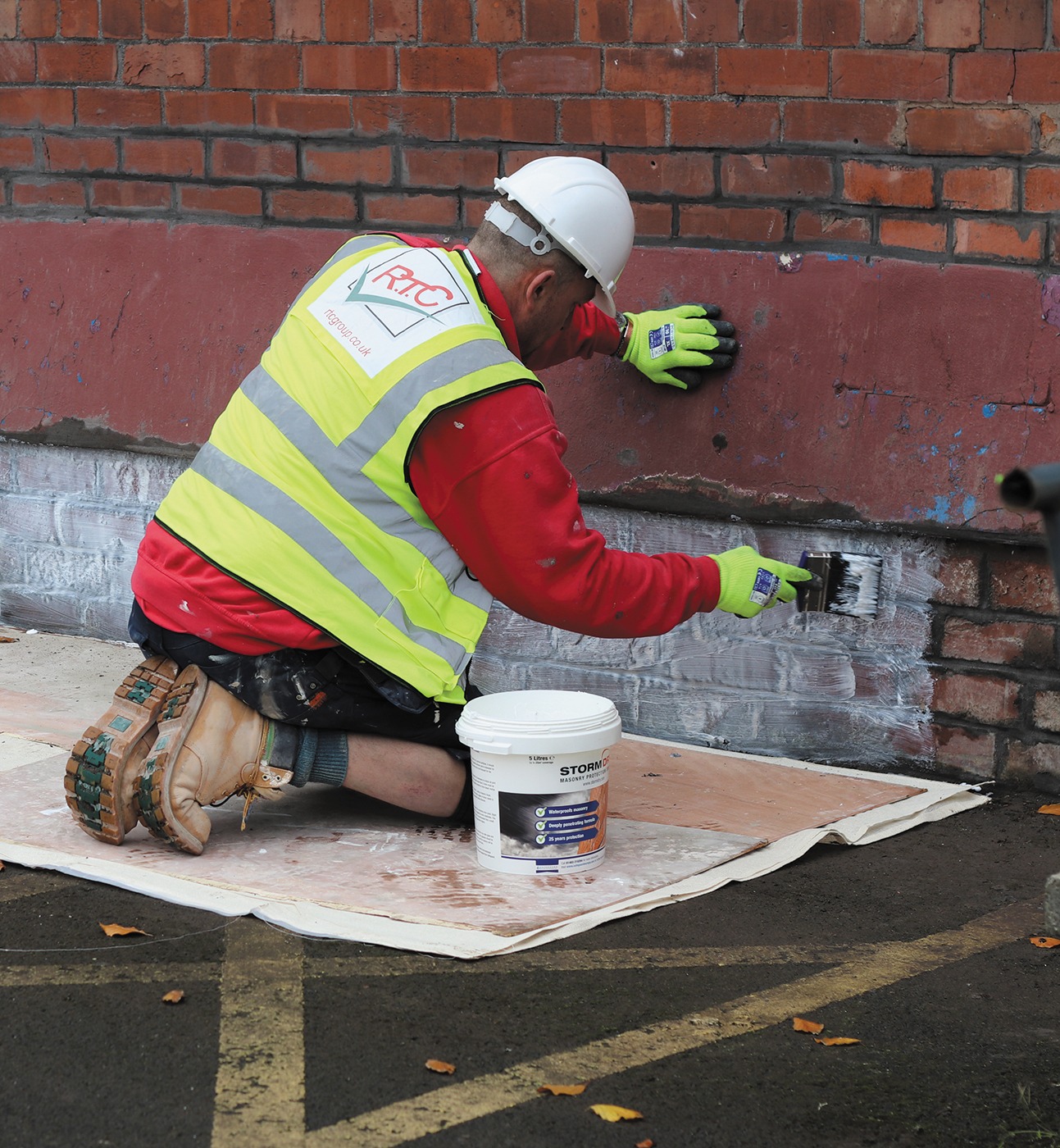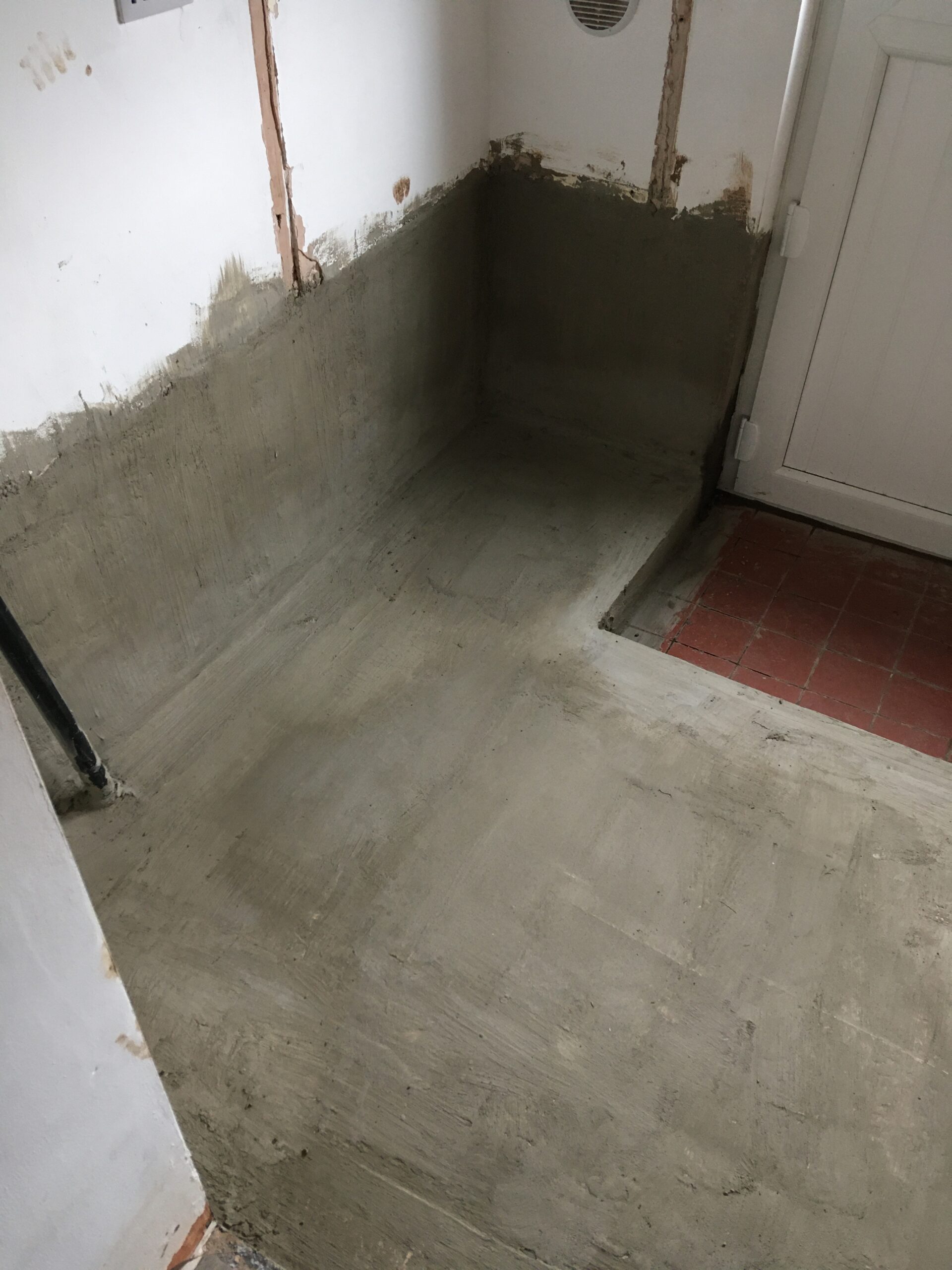“Please Don’t Make It Worse”: PRESS RELEASE
Flood Resilience Campaigner Calls for a New Code of Community Kindness During Flood Events
On one occasion, after a flood left my home stripped of plaster, I was flooded again just a few weeks later and this gave me the unsettling opportunity to witness firsthand water entering my home through the walls. It was as if someone had turned on multiple taps all at once!
If water ingress through walls is an issue, there are several ways to try and prevent this from happening:



These variety of measures, combined with traditional PFR tools like flood barriers, self-closing airbricks, and non-return valves, can help to make a big difference in reducing floodwater ingress.
However, always seek advice from a property flood resilience professional to ensure the solutions are suitable for your home. If your property is older or listed, seek guidance from your local listed buildings officer. For more guidance on protecting historic properties, visit Historic England’s guide to flooding and historic buildings.
Copyright: Mary Long-Dhonau January 2025
This blog has been written for the RAIN project (Resilience and Innovation Northants) https://rainnorthants.co.uk/

Copyright 2025, Mary Long-Dhonau